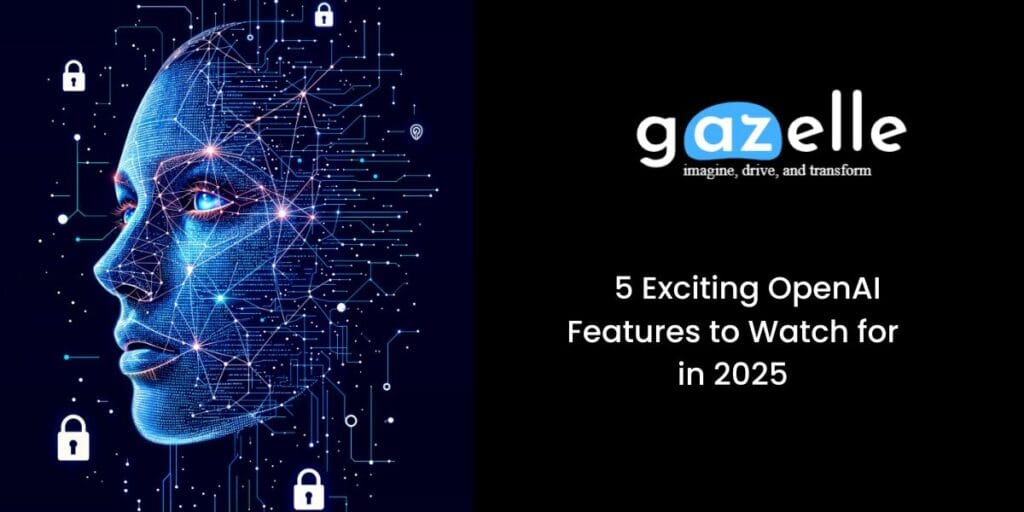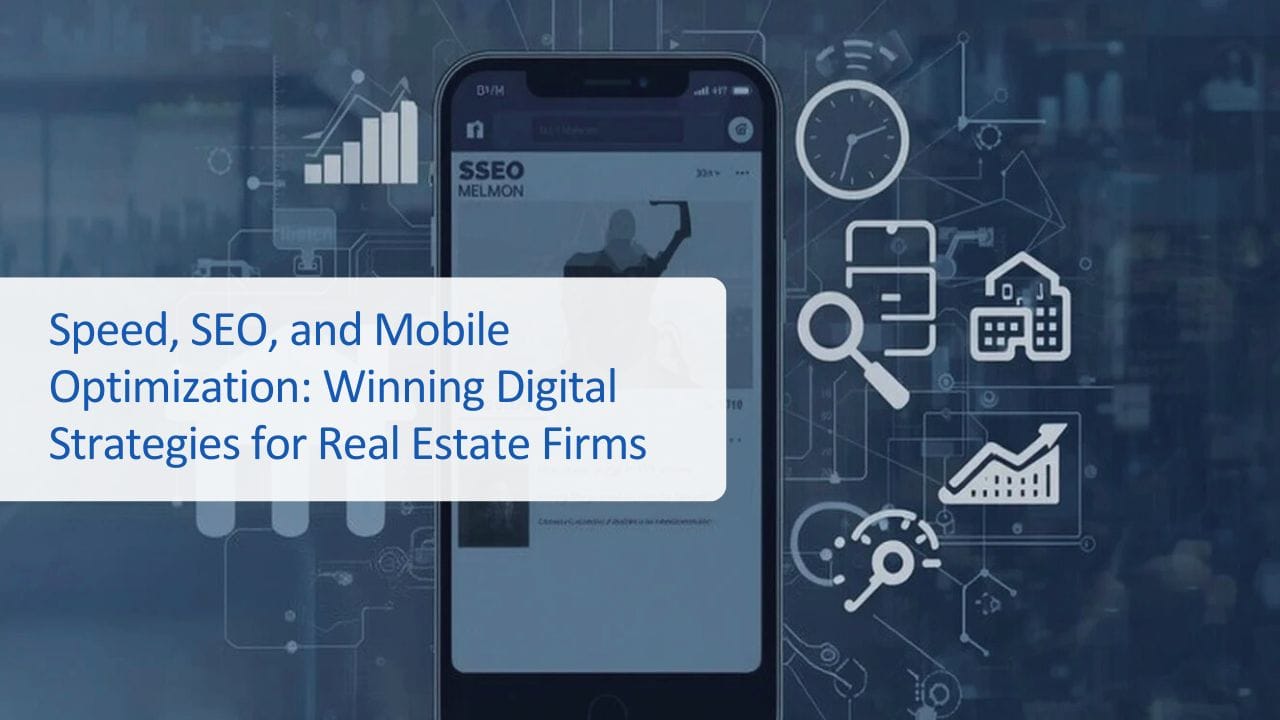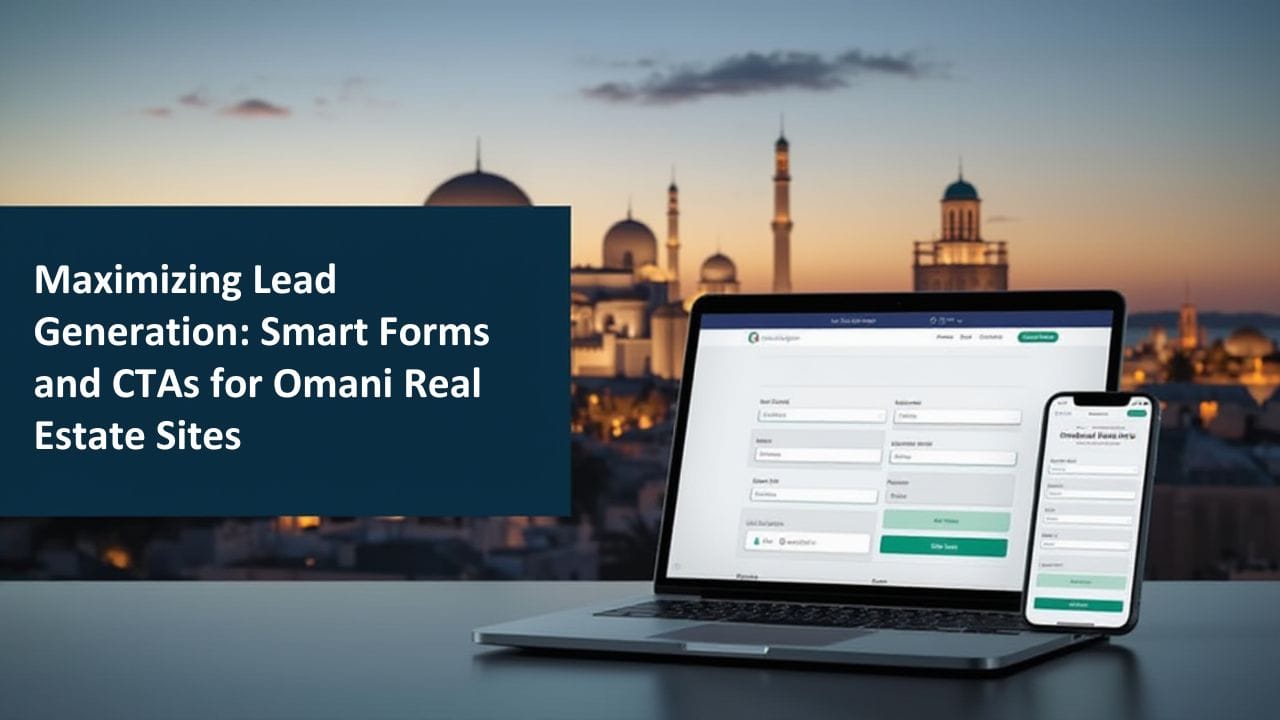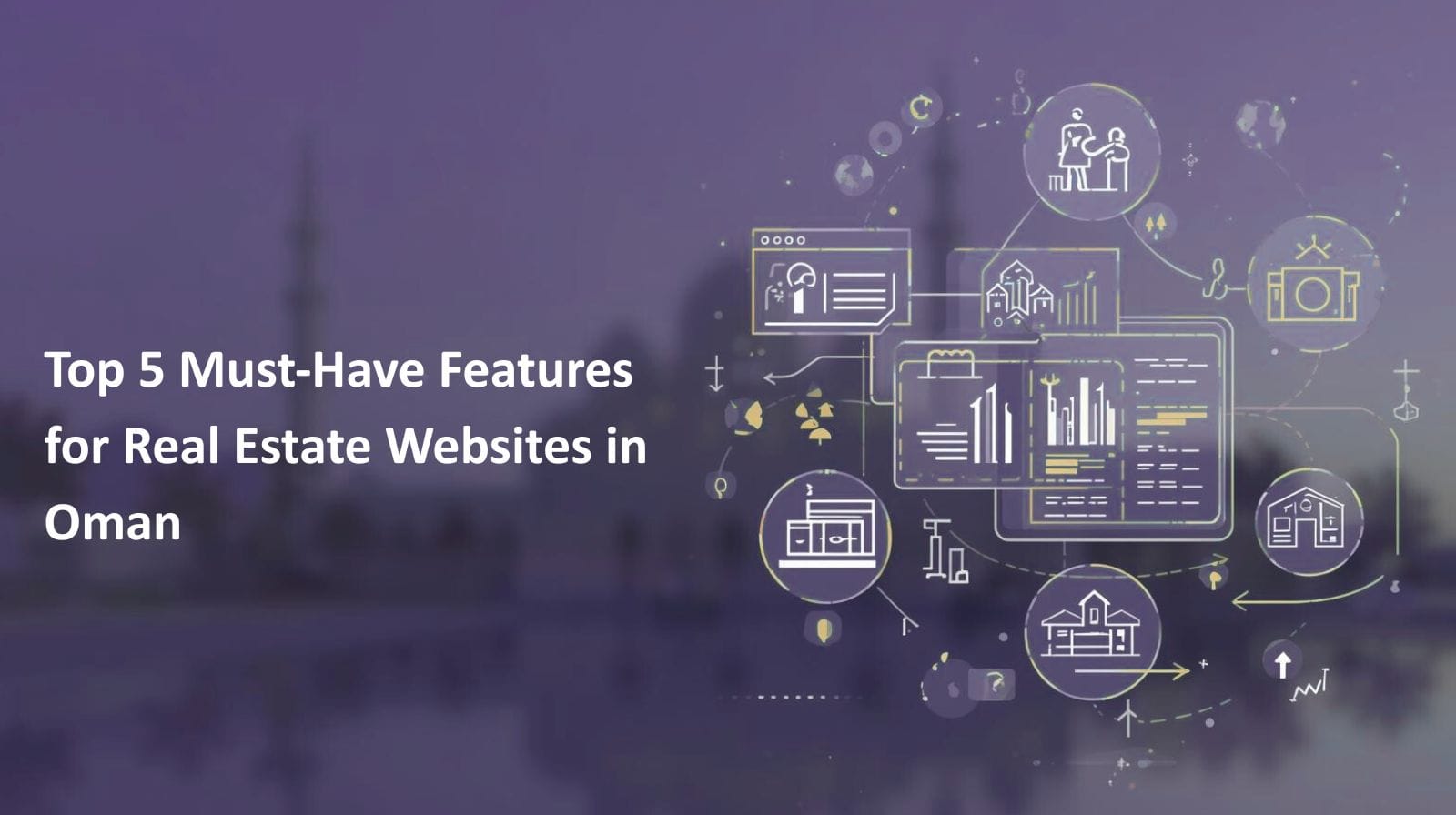OpenAI has made significant strides in artificial intelligence (AI) over the past few years, and the journey is far from over. As the organization pushes boundaries in the AI space, 2025 promises to be an exciting year with innovative features that could transform industries, streamline operations, and shape the future of human-AI interaction. In this post, we explore 5 exciting OpenAI features to watch for in 2025 that could revolutionize how we interact with technology.
How OpenAI Features Will Enhance Natural Language Understanding
1. Advanced Multimodal Capabilities
In 2025, OpenAI is expected to take AI’s multimodal capabilities to the next level. Currently, OpenAI’s models, such as GPT-4, work primarily with text. However, with advancements on the horizon, expect AI systems to handle images, audio, and video inputs seamlessly. This is a game-changer for industries like marketing, design, education, and entertainment.
For example, OpenAI’s multimodal AI could generate marketing content that combines text, graphics, and videos based on a single prompt. To learn more about AI in marketing, visit our page on Artificial Intelligence.
2. Enhanced Natural Language Understanding
Natural language understanding (NLU) has always been a focus of OpenAI’s research, and in 2025, expect significant improvements in this area. OpenAI’s models will be able to understand the nuances of human language more effectively, including idiomatic expressions, emotions, and even sarcasm.
This improved natural language understanding means that AI will become more capable of generating responses that feel truly human-like. For businesses, this could translate into better customer service experiences, where AI-powered chatbots can handle complex queries with empathy and context. For content creators, it means AI will be able to understand the deeper intent behind writing prompts, creating more nuanced and relevant content.
With these advancements, OpenAI’s models could become even more invaluable tools for communication, problem-solving, and content generation.
3. Real-Time Collaboration Tools
Collaboration in real-time is essential for teams and businesses around the world. OpenAI’s upcoming tools in 2025 are expected to include real-time collaboration capabilities that will allow multiple users to interact with AI simultaneously. These tools would enable people to work together on documents, brainstorming sessions, and problem-solving activities while the AI actively assists.
Imagine working on a marketing campaign where several team members are contributing to the document while the AI suggests improvements, provides data-driven insights, and even generates copy on the fly. In industries like legal services, AI could help multiple attorneys analyze case files in real-time, making the research process faster and more efficient.
These real-time collaboration tools will enhance teamwork across remote and distributed teams, making the process of creating and decision-making more efficient.
4. Advanced Personalization Features
AI’s ability to deliver personalized experiences is a huge area of focus for OpenAI in 2025. As AI continues to evolve, the models will become increasingly adept at providing tailored solutions and insights for individuals and businesses.
For instance, advanced personalization could be applied in areas such as content delivery, product recommendations, and even healthcare. AI could analyze user behavior in real-time, learn from interactions, and adapt its responses based on preferences and needs. Imagine an AI-powered virtual assistant that, over time, anticipates your needs and proactively suggests solutions—whether it’s managing your calendar, recommending content, or suggesting actions for your business.
For businesses, this level of personalization means an improved customer experience, better product-market fit, and enhanced customer loyalty.
5. AI for Code Generation and Software Development
The future of software development could change dramatically in 2025 with OpenAI’s AI-powered coding tools. OpenAI’s models are already capable of generating code based on natural language prompts, and as the technology improves, we can expect even more sophisticated code generation capabilities.
OpenAI’s models could help developers by writing entire blocks of code, debugging existing code, or even creating software solutions tailored to specific business needs. This feature would be particularly valuable for businesses in need of custom software but without the in-house expertise or resources to build it from scratch.
In 2025, OpenAI will likely offer developers the ability to simply describe their requirements to the AI, which will then generate functional code that meets those specifications. This could dramatically reduce the development time for new software products and make custom-built solutions more accessible to businesses of all sizes.
Conclusion: The Future of OpenAI in 2025
As we approach 2025, the exciting features from OpenAI will undoubtedly have a profound impact on industries, businesses, and everyday life. The advancements in multimodal capabilities, natural language understanding, real-time collaboration, personalization, and software development will make OpenAI’s tools more accessible, intuitive, and powerful.
By embracing these upcoming features, businesses and individuals alike will be able to harness the power of AI in more dynamic and meaningful ways, driving growth, improving productivity, and opening up new possibilities for innovation.
Explore more about OpenAI’s impact on technology and business by visiting Gazelletech for insights on artificial intelligence and its role in transforming industries.






